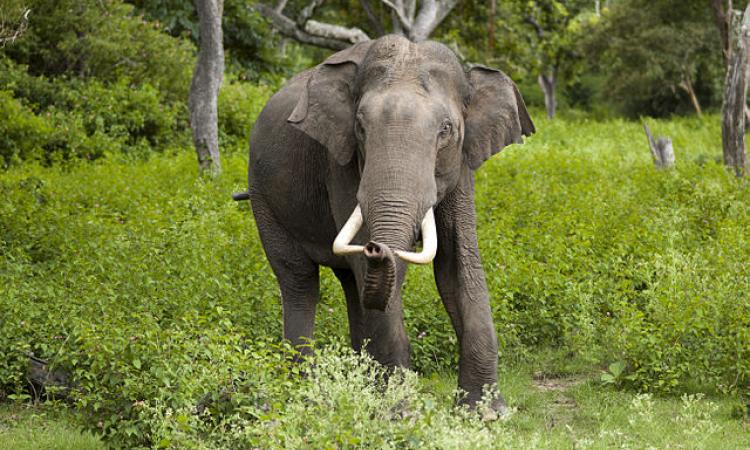
Elephants enjoy a special place in India. They play a significant role not only in the Indian ecological system but also in its cultural and religious landscape.
Man and elephants have peacefully coexisted for centuries. With rapid urbanisation, however, things are changing. Recent times have seen growing conflicts between elephants and man, both jostling for space, often leading to unfortunate results. Parts of Kodagu and Bannerghatta National Park in Karnataka have traditionally been home to the majestic Asiatic elephants. The Bannerghatta National Park, that stretches across 261 sq km, is among the last remaining tropical dry thorn forests of peninsular India. Since the late 1990s, human-elephant conflicts have escalated in the area.
An increase in human population and agriculture around these areas have reduced the size of the space that these elephants require resulting in elephants raiding agricultural fields for food. This raiding and destroying of property by large mammals have led to several conflicts with the local human population. These recurrent conflicts often result in the loss of both lives and revenue.
In a bid to mitigate these losses, new solutions have been adopted in the affected regions. Physical barriers separating the forested and the non-forested areas in conflict-prone zones have been created to keep the elephants away. Since 2004, in Kodagu alone, 260-km-long trenches have been dug in addition to 322 km of solar-powered fences at a total cost of Rs 94.3 million. While these costs may appear to be high, a cost-benefit analysis shows otherwise. In both Bannerghatta National Park as well as Kodagu, the benefit-cost ratios are high, indicating that the present barriers are useful mitigation measures. By building the fences, both, human as well as animal lives have known to be secured, the farm crops stay protected and with the reduced threat to life and property, the residents would not need to relocate—an activity that demands an additional cost of roughly Rs 72.3 million (US$ 1.2m).
As one can imagine, nobody would be pleased with the prospect of moving out of their homes and their communities and rebuild their lives elsewhere. This is probably the reason why it was found that the locals are willing to contribute a fair amount per household to keep elephants away from their lands. This willingness to help on the part of locals, supplemented by the state government’s plans to barricade one from the other could prove helpful to limit the interaction between the large mammals and affected humans.
Mitigation of conflicts can lead to improved revenue for the Bannerghatta National Park area by improving tourism. There is a need to explore more ways for humans and elephants to share land in perfect harmony. Let us all make some room for these gentle giants!
‘Let's Invest in Nature’ (#LetsInvestInNature) is a special series of video stories designed by the Indo-German Biodiversity Programme. It is dedicated to estimating and mainstreaming the true economic value of biodiversity in business-related decisions and policy making. Watch this short video for more information.
/articles/when-elephants-and-humans-cross-paths